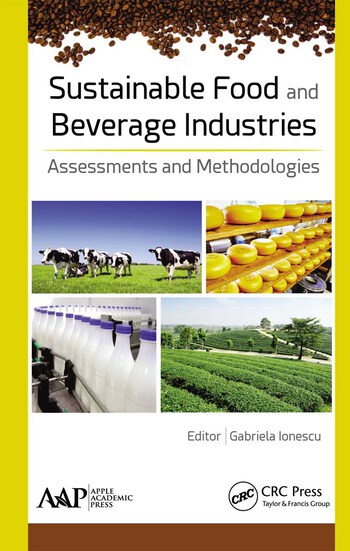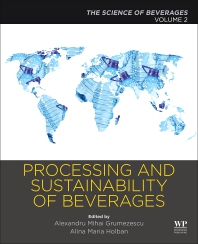AB InBev sets global environmental goals
Anheuser-Busch InBev (AB InBev), Leuven, Belgium, announced a set of three-year global environmental goals, including decreasing its water usage, carbon dioxide emissions and energy use as well as increasing its recycling rate. The goals are part of the company’s Better World commitment and, if achieved, would make AB InBev the most water-efficient global brewer in the world, the company said.
AB InBev’s goal is to reduce water use in plants to 3.5-hectoliters of water for each hectoliter of production by the end of 2012. The company started decreasing its water use in 2007. That year water use in AB InBev’s plants was 5.03 hectoliters per hectoliter of production and by 2009 it was 4.3 hectoliters per hectoliter of production. The new usage level will represent a 30 percent reduction per unit of production in the company’s water usage worldwide since 2007, AB InBev said.
In addition, AB InBev set a global environmental goal of achieving a 99 percent recycling and reuse rate by the end of 2012. This also represents an improvement on the 2007 rate, which was 97.2 percent and 98 percent in 2009. AB InBev also set a goal to achieve a 10 percent reduction in carbon dioxide emissions and energy use for every hectoliter of production. Since 2007, the brewer has reduced energy use per hectoliter by 10.9 percent, it said.
“As the world’s leading brewer, we recognize our responsibility to make the most efficient use of natural resources,” said Carlos Brito, chief executive officer of AB InBev, in a statement. “We are acutely aware that water is a finite and precious resource and the principal ingredient in our products. Efficient water use is essential to the continued, sustainable growth of our business around the world. Our global goals, including our 3.5 hectoliter water usage goal, mark a major step forward for our company and are a central part of our vision to be the ‘Best Beer Company in a Better World.’ Reducing our environmental impact is one of the three ‘Better World’ pillars we focus on, next to promoting responsible drinking and contributing to the communities in which we operate.”
The company will model some new initiatives on programs already in place in some of its breweries. For example, more than 25 breweries around the world, including ten facilities in the United States, use Bio-Energy Recovery System method of capturing methane from brewery wastewater to produce steam. In its Houston facility, methane captured through the process plus methane from a nearby landfill provide more than 70 percent of the brewery’s fuel needs, making it almost independent of imported gas, the company said.
Looking for a reprint of this article?
From high-res PDFs to custom plaques, order your copy today!






